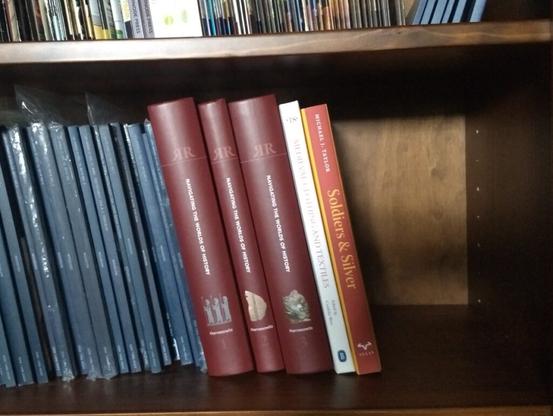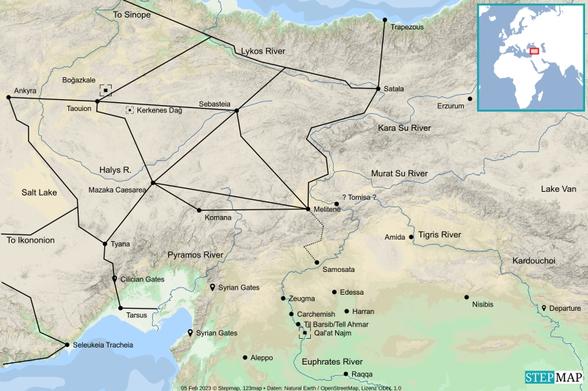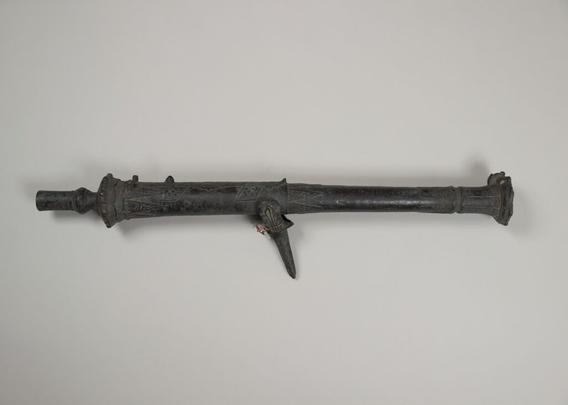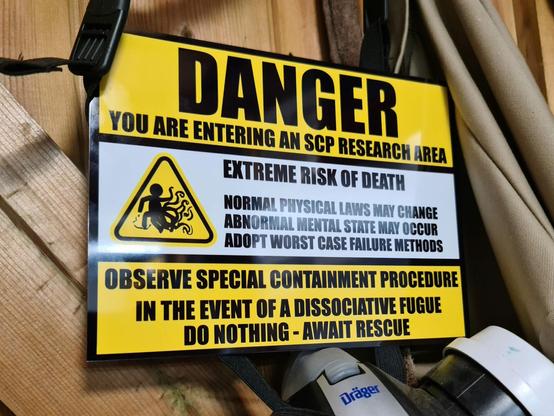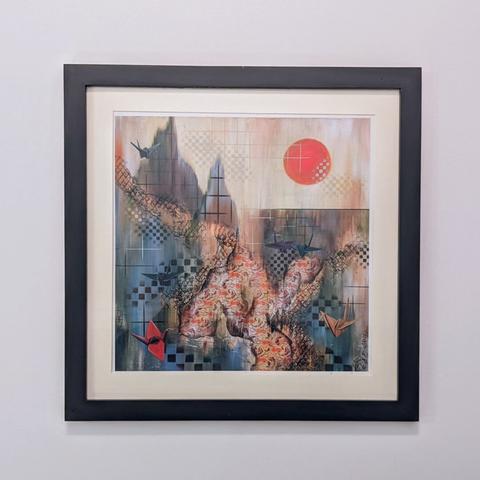Some of My Recent Publications
In the past year a number of my academic publications have come out (it often takes years from submitting an article to an academic venue to seeing it in print because almost everyone involved is a volunteer with a demanding day job and no personal assistant to help them organize and focus). This week I would like to talk about them.
From the Tigris to Lydia
Roman roads in the Taurus mountains, with places mentioned in my article. Note how this modern mapping software gives you the choice of showing modern lakes (including the giant lakes created by modern dams) or no lakes and inland seas at all. Advice on alternative cartographic tools would be appreciated!In an honourary volume for my Doktorvater Robert Rollinger I wrote about how Tissaphernes marched west after he drove the Ten Thousand into the mountains of Armenia to freeze. To my knowledge, nobody has considered this question at length. I talk about Hittite, Assyrian, and Roman geography, about how the mountain passes and river valleys channel travel, and about what made a route suitable for an army. I had to cross-reference place names in Turkish, Arabic, Greek, Latin, Akkadian, and Hittite and understand the startling ways in which the Turkish government has changed the geography by building concrete dams and widening narrows with dynamite. Studying this question made me think about how people who are not orientalists underestimate the Ancient Near Eastern approach to travel infrastructure. The kings of Egypt and West Asia did not build stone bridges or paved roads like the generals of the Romans, but they built and maintained dirt roads and pontoon bridges and storehouses where messengers could camp for the night, collect rations, and learn about the road ahead. Every storehouse would have had people who could read and write Aramaic so there was no need to accost goatherds and charcoal-burners and hope they shared a language with you and could tell you which fork of the road to take. This network has vanished because it consisted of people and parchment lists and mud-brick buildings, but it made travel an experience we would recognize, an experience totally unlike a Roman army stumbling through Germania.
“The Other Katabasis: Tissaphernes’ Route West After Cunaxa,” in Kai Ruffing, Brigitte Truschnegg, et al. eds., Navigating the Worlds of History. Studies in Honor of Robert Rollinger on the occasion of his 60th Birthday (Harrasowitz Verlag: Wiesbaden, 2024) pp. 975-992 https://www.jstor.org/stable/jj.20829413 is available to anyone who asks for a copy.
My public speaking skills have become rusty like the Seven Weapons of Erra, so I would like to record a version of this paper as a talk to practice my public speaking.
The Long History of Plywood Shields
I fulfilled a goal I have had for a very long time when I published an article in the Journal of Roman Military Equipment Studies. Most people think of plywood shields as a Roman technology used for the long scutum from about the Punic Wars to the third century CE, when it was replaced by shields that look a lot like Viking shields but even bigger. Plywood shields don’t split as easily as shields from a single layer of wood, but they are harder to make. The ancients did not have mills that unroll a log into a 1/8″ strip of timber like a student peeling a carrot, so they had to split wood into narrow strips by hand then glue them together like a sheet of papyrus . None of the plywood shields were known from the pagan Anglo-Saxon and Norse worlds, even though thousands of shields from those cultures have been excavated. However, plywood shields have been found in sites from the Greek world and La Tène “Celtic” Europe hundreds of years earlier, and they reappear in European archaeology after the year 1000. They may have been used in Scotland as late as the eighteenth century. Plywood shields were not a distinctive Roman technology, and have a long legacy in Europe.
I apply my trademark methods of combing written and archaeological evidence, and bringing together evidence for the same problem that is usually known by different groups of researchers.
This raises the question whether some of the East Roman or Frankish shields were made the exact same way as shields from graves in England or ship burials in Denmark. Were plywood shields reinvented in the second half of the middle ages, or did the technology survive in places where people did not bury their menfolk with shields for archaeologists to study? Shields in Carolingian and Christian Roman art often look domed, but the Viking shields from Denmark are flat, and so are the pagan Roman shields from Dura Europus in Syria.
“Plywood shields in European history,” Journal of Roman Military Equipment Studies 23/24 (2022/23) pp. 9-23 is available for anyone who asks for a copy. I have not received my paper copy yet because I misplaced an email.
Aketons, Gambesons, Jupons, and Pourpoints
The first part of my study of linen armour in the second half of the middle ages has also been printed. Back in 2019 I started to get ready for a business idea by collecting evidence for linen armour in Catholic Europe between the years 1000 and 1350. It turned out that there are whole libraries of texts that nobody interested in warfare or material culture has ever discussed. Medieval terms which military historians take for granted, like “linen armour” (armour of many layers of fabric, or a few layers with scraps or unspun fibre quilted between) or “cuirie” (hardened leather breastplate) are not known by all dress and textile specialists, even though the same workers made quilted bedcovers and quilted coats for soldiers. So I mined every dictionary of medieval languages and encyclopedia of material culture in Innsbruck or Victoria or on the Internet.
I work with sources in Greek, Latin, Provencal, Old French, Ibero-Romance, Middle High German, Old Norse, Irish, and Arabic. That is nine dead languages only two of which I am formally trained in. In later parts I will address Low German and Middle German sources. The only important language I could not cover was Hungarian where I have neither language skills nor a contact who can help (there don’t seem to be dictionaries of Hungarian Latin alas). And just like my medieval research continues a tradition that died a hundred years ago, in a hundred years, when the internet as we know it is long gone, these print articles will survive and be useful.
“Quilted Armour in the Frankish Countries, Part 1: The Twelfth Century,” in Cordelia Warr ed., Medieval Clothing and Textiles 18 (The Boydell Press: Woodbridge, 2024) pp. 1-40 is available for anyone who asks for a copy
I also publish for Karwansaray BV‘s print magazines, and have a Patreon post about a medieval Arabian arrow picker. But these are not nearly as much work as an academic article, and don’t have to pass so many gatekeepers.
None of these is open access because putting resources on a website forever is expensive and nobody wants to pay for that in the humanities (I think there is a digital version of Festschrift Rollinger for paying subscribers). But I can send copies to anyone who wants them, and will put copies on my website under My Articles by the end of the year. If you don’t want to ask in a comment here, my email address and Mastodon handle are on my About page.
A small swivel gun (lantaka) from Malaysia. Many of these are tiny things around 1″ in calibre, and muzzle-loaders. Malay arms and armour in the 18th and 19th century were about as advanced as European in the 15th and 16th. Metropolitan Museum of Art, Object Number 36.25.2121If I were a galleon, my blog posts and magazine articles would be the swivel guns and murdering pieces sending a hail of shot that makes a lot of noise but does not carry very far. Gunners can swing the muzzle inboard or pop in a new chamber and keep up a steady rate of fire from behind nice solid gunnels, but if the shot does not take your head off you don’t have much to worry about. My books and journal articles are the culverins and perriers that can hurl a lump of iron or limestone for a mile or two to smash a mast or a structural timber after which a ship’s boy has to crawl out along the hot barrel to reload (best to do that downwind of the enemy if they have anyone who can use an arquebus or a Turkish bow). They don’t come out as often, but you can’t forget them as quickly, because sometimes you have to sail all the way home around Ireland in a stormy summer and your ship has so many holes in it that it is being held together by cables and prayers.[1] Some say that a ship with just the great ordinance is the future, or my future, but right now I have a use for both.
Like the Spanish Armada, my supply of smallshot is depleted! Help refill my arsenals with donations on Patreon or elsewhere.
(scheduled 3 April 2025, last updated 12 June 2025)
[1] Yes, I did read Martin and Parker’s Armada (latest edition 2022) as an undergraduate, why do you ask? Chapter 11 of the latest edition reveals the horrid truth about how the Spanish built their gun carriages for sea in 1588. John F. Guilmartin’s Gunpowder and Galleys (1975) is also useful. ⇑
